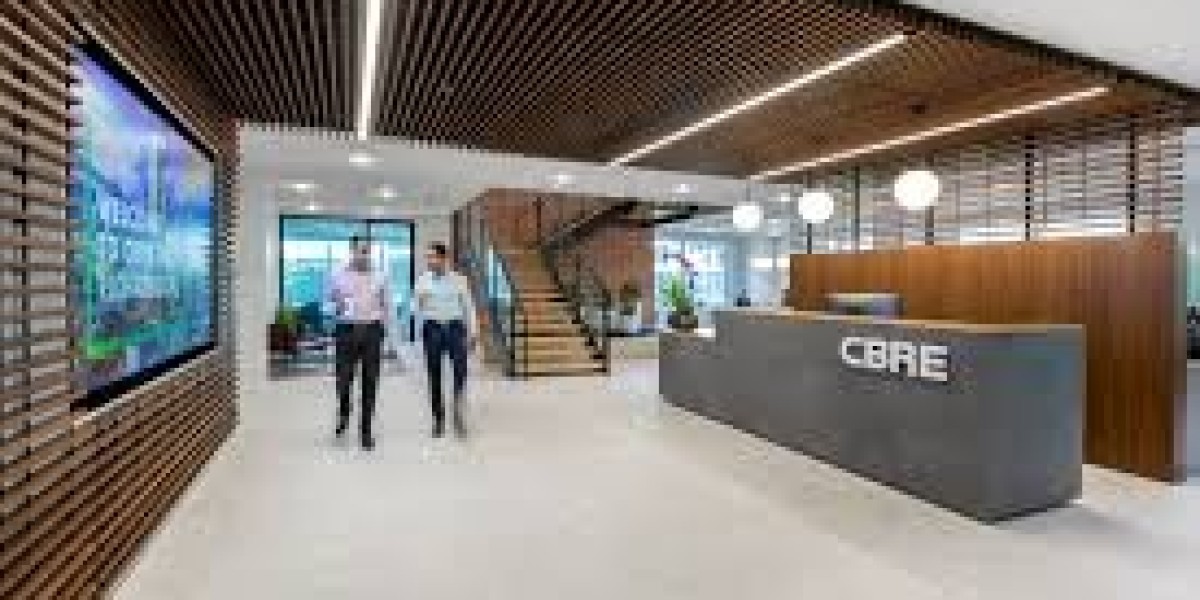Why Senior Living Is Gaining Ground in India
The traditional model of joint family systems is gradually giving way to nuclear families, especially in urban centers. As younger generations migrate for education and employment, seniors are increasingly living independently or with minimal support. This changing dynamic has underscored the need for dedicated senior living facilities that provide not only accommodation but also healthcare, companionship, and engagement.
Moreover, today’s seniors are more financially independent and aspirational than previous generations. Many are retired professionals or entrepreneurs seeking a community that supports their lifestyle while ensuring medical and emotional care. This shift in mindset is fueling demand for high-quality, professionally managed senior living communities.
The Market Landscape
India’s senior living sector is still in an early stage of development. As of 2024, the sector comprises fewer than 20,000 organized senior living units across the country—an underwhelming number when juxtaposed against the growing demand. However, interest from real estate developers, private equity investors, and healthcare providers is on the rise.
Southern states such as Tamil Nadu, Karnataka, and Kerala have taken the lead, with cities like Chennai, Coimbatore, Bengaluru, and Kochi hosting several senior living projects. Northern and western cities, including Pune, Jaipur, and Delhi NCR, are also witnessing increased activity.
Projects range from independent-living units for active seniors to assisted-living and memory-care facilities for those requiring specialized support. Several established players have already entered the segment, while new entrants continue to explore joint ventures with healthcare providers to enhance service delivery.
Key Features of Modern Senior Living Communities
Today’s senior living communities are designed to offer a blend of comfort, care, and community. Common features include:
Barrier-free architecture for ease of mobility
24/7 medical support and emergency response systems
Wellness centers, physiotherapy units, and recreational facilities
Nutritious dining options catering to age-specific needs
Security and surveillance systems ensuring safety
Community engagement through clubs, events, and workshops
These features collectively aim to enhance the quality of life and promote healthy aging, transforming retirement into a phase of active and fulfilled living.
Investment Potential and Challenges
From a real estate and investment perspective, senior living offers long-term growth potential. With a growing target audience and limited organized supply, the sector offers a first-mover advantage for developers and investors willing to invest in infrastructure, service delivery, and brand trust.
However, the segment is not without its challenges. Regulatory clarity is still evolving, and there is a need for specific policies and frameworks governing senior living developments. Building consumer awareness and trust is another critical hurdle. Seniors and their families often equate senior living with old-age homes—a perception that needs to shift through education and marketing.
Furthermore, the operational complexity of senior living projects—particularly those involving assisted living and healthcare services—demands expertise, consistent quality standards, and strong partnerships with healthcare providers.
The Role of CBRE in Shaping the Future
As the world’s largest real estate services and investment firm, CBRE is uniquely positioned to lead the transformation of the senior living sector in India. By leveraging global best practices, deep market intelligence, and a robust network of partners, CBRE can assist stakeholders in:
Feasibility studies and market entry strategies
Site selection and transaction advisory
Design and planning consultation
Operator identification and partnership development
Asset management and performance tracking
CBRE's global experience in senior living projects—across the US, UK, Australia, and Southeast Asia—provides a valuable reference point for adapting international models to the Indian context.
Conclusion
India’s senior living sector is on the cusp of transformation. As demographic trends shift and societal structures evolve, the demand for age-friendly communities will only grow. With thoughtful planning, integrated care models, and strong stakeholder collaboration, senior living can emerge as a key pillar of India’s real estate and healthcare future.
For investors, developers, and service providers, the message is clear: the time to invest in Senior Living is now—and CBRE is ready to help shape that future.








